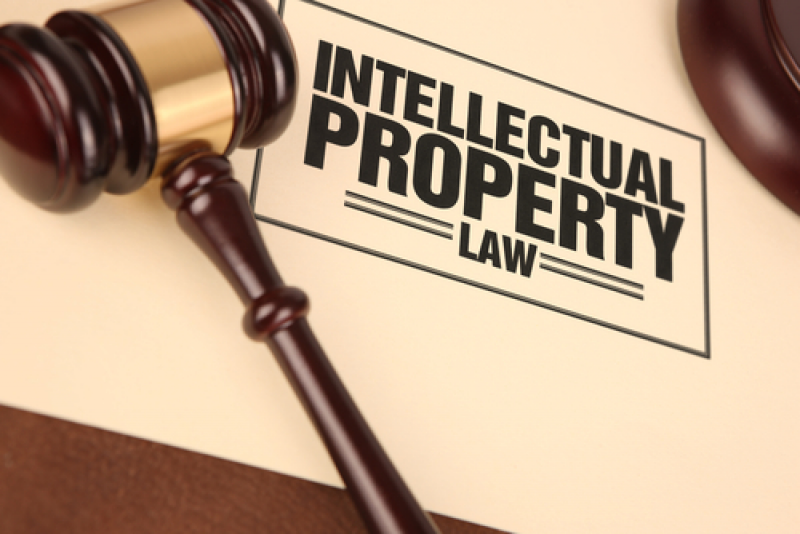
Intellectual Property (IP) is a classification of property that incorporates immaterial manifestations of the human astuteness. Protected innovation incorporates two kinds of rights: mechanical property rights (trademarks, licenses, assignments of root, modern structures and models) and copyright. It was not until the nineteenth century that the expression “licensed innovation” started to be utilized, and not until the late twentieth century that it ended up typical in most of the world. The primary reason for protected innovation law is to energize the production of an enormous assortment of scholarly merchandise. To accomplish this, the law gives individuals and organizations property rights to the data and scholarly merchandise they make – typically for a restricted timeframe. This gives financial motivating force for their creation since it enables individuals to benefit from the data and scholarly products they make. These monetary motivators are relied upon to animate development and add to the mechanical advancement of nations, which relies upon the degree of insurance allowed to trend-setters.
